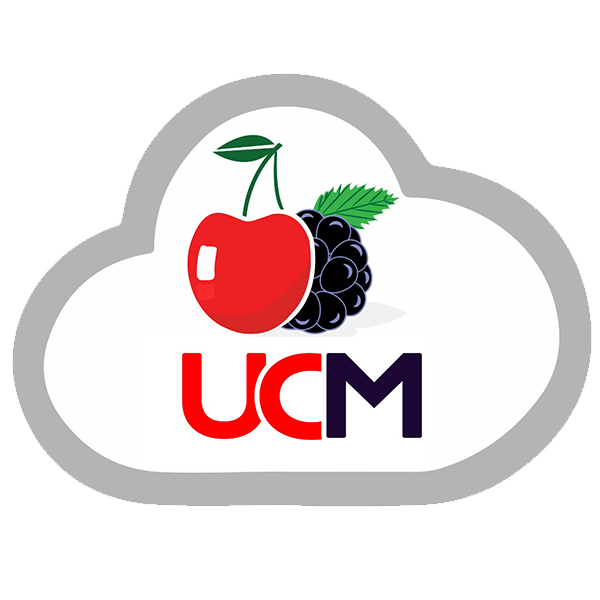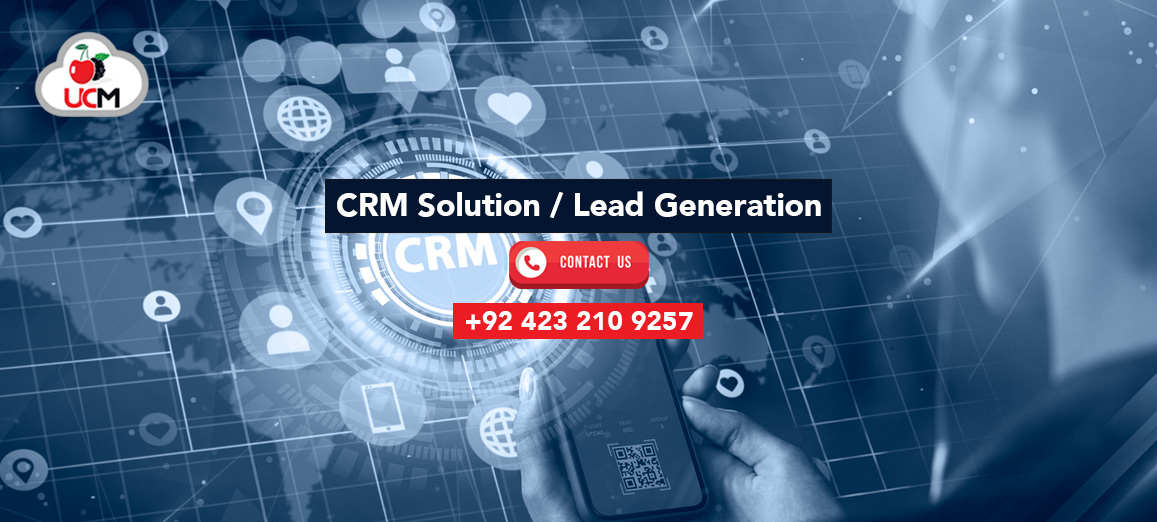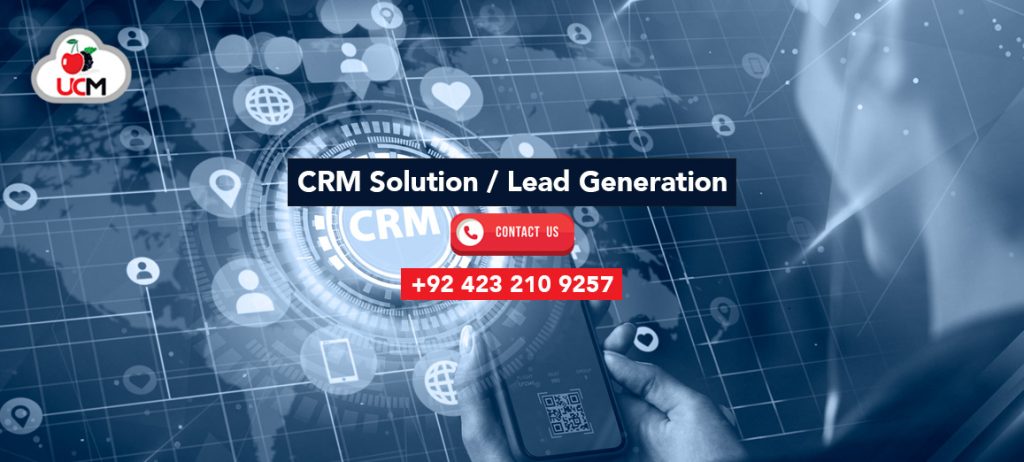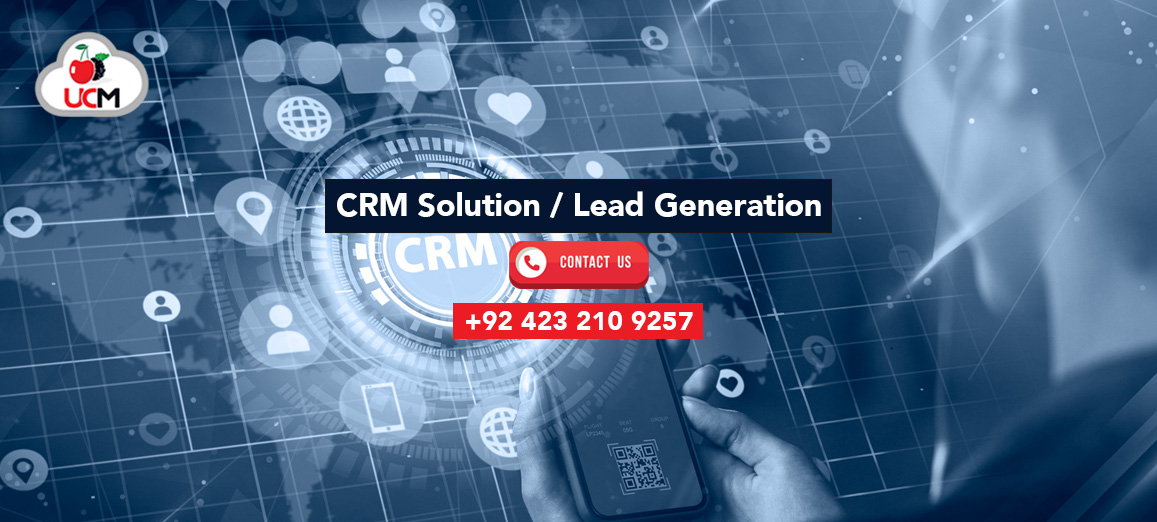The Dynamics of a Unified Call Center
An Overview of a Unified Call Center
Amid the dynamic realm of customer service and business communication, the Unified Call Center has emerged as a transformation catalyst. Going beyond the conventional call center model, this integrated solution seamlessly converges diverse communication channels, revolutionizing efficiency, customer satisfaction, and overall business performance. In this comprehensive article, we will delve into the key features, benefits, and transformative impact of a UCC on modern businesses.
I. Understanding the Unified Call Center Concept
A. Integration of Communication Channels:
A Unified Call Center (UCC), alternatively termed a Unified Communications Center, surpasses the constraints of conventional call centers by integrating a multitude of communication channels. This encompasses not only voice calls but also email, chat, social media, and other messaging platforms. The objective is to establish a centralized hub facilitating the seamless management of customer interactions across diverse channels.
B. Holistic Customer Engagement:
The essence of a UCC lies in its ability to provide a holistic view of customer interactions. By consolidating data from diverse communication channels, businesses can gain a comprehensive understanding of customer needs, preferences, and historical interactions. This holistic approach enables agents to deliver more personalized and effective customer service.
II. Key Features of a Unified Call Center
A. Omnichannel Communication:
A key hallmark of a Unified Contact Center lies in its embrace of omnichannel communication. This enables agents to effortlessly transition between channels, providing customers with the flexibility to commence a conversation via email and seamlessly continue it through a phone call or live chat. This flexibility ensures a consistent and integrated customer experience.
B. Centralized Customer Data and the UCC:
A Call Center centralizes customer data, providing agents with a 360-degree view of each customer’s journey. This includes past interactions, purchase history, and preferences. Having this information at their fingertips empowers agents to deliver more personalized and context-aware assistance.
C. Intelligent Routing:
Advanced routing algorithms ensure that customer inquiries are directed to the most suitable agent based on various factors such as skillset, workload, and historical interactions. This optimizes response times and ensures that customers are connected with the right resources to address their needs effectively.
III. Benefits of Implementing a UCC
A. Enhanced Customer Experience:
By providing a seamless and integrated experience across various communication channels, a Call Center elevates the overall customer experience. Customers can choose their preferred mode of communication, and the transition between channels is smooth, fostering customer satisfaction and loyalty.
B. Increased Efficiency with a UCC:
Centralizing communication channels and customer data streamlines workflows, leading to increased operational efficiency. Agents can handle inquiries more effectively, reducing response times and the need for customers to repeat information. This efficiency translates into a more productive and cost-effective call center operation.
C. Improved Agent Productivity:
Access to centralized customer data and the ability to switch between channels without losing context empower agents to be more productive. They can resolve issues more efficiently, leading to higher job satisfaction and reduced agent turnover.
IV. Considerations for Implementation:
A. Scalability:
When implementing a Call Center, it’s crucial to consider scalability. The solution should be able to accommodate the growing needs of the business, whether in terms of increased call volume, additional communication channels, or expanding agent teams.
B. Integration with Existing Systems:
Seamless integration with existing business systems, such as customer relationship management (CRM) software and other communication tools, is essential for a Call Center to maximize its effectiveness. This ensures a cohesive and unified approach to customer interactions.
C. Comprehensive Training:
Introducing a Call Center requires comprehensive training for agents to familiarize them with the new system. Training programs should cover the use of different communication channels, accessing centralized customer data, and leveraging intelligent routing features.
V. Future Trends in Unified Call Centers:
A. Artificial Intelligence (AI) Integration:
The future of UCC is closely tied to the integration of artificial intelligence. AI-driven tools can assist agents by providing real-time insights, automating routine tasks, and enhancing the overall efficiency of customer interactions.
B. Predictive Analytics:
Predictive analytics will play a crucial role in anticipating customer needs and behavior. By analyzing historical data and patterns, UCC can proactively address issues and provide personalized solutions before customers even reach out.
Conclusion:
The Unified Call Center represents a paradigm shift in how businesses approach customer service and communication. By integrating various channels, centralizing customer data, and leveraging intelligent routing, businesses can create a unified and seamless experience for both customers and agents. The benefits of enhanced customer experience, increased efficiency, and improved agent productivity position the Unified Contact Center as a cornerstone of modern customer-centric operations. As technology continues to advance, the evolution of UCC will likely be marked by further integration of artificial intelligence, predictive analytics, and a continued commitment to delivering unparalleled customer satisfaction. Consult Cherry Berry UCM for the optimum solution for a call center.
The Potential of an Automated Lead Generation System
Why Use an Automated Lead Generation System?
Lead generation is a process of enhancing customer awareness about a business’s products and services and converting their interest into sales. It is important to know that your marketing and sales teams should have a clear understanding of the lead generation process as lack of awareness not only puts extra workload on the sales team but can also result in unqualified leads. At that time, the Automated Lead Generation System is the best solution but it does not mean that this technology will replace your human agents. Instead, it simply streamlines and speeds up your lead conversion process. What you need is to have a dedicated team of agents and the right automation tools to create a series of sales leads and enhance overall efficiency and productivity.
The Benefits of Automated System for Lead Generation
Though lead generation is an important aspect of all businesses, honestly, it is also a time-consuming and frustrating process as well. The main purpose of creating a marketing funnel is to ensure your new prospects or interested customers can easily find your business. Thus, when you automate the lead generation process, it facilitates lead nurturing processes. By using the right software, businesses can optimise their lead generation process. This reduces your agents and sales team’s workload and makes them more productive. From improving the accuracy of data to converting leads into loyal customers, lead generation automation offers countless benefits for all sizes of businesses. Generally, companies use referrals, cold calling and email marketing tactics to source leads. However, automation reduces manual labour and makes them more productive.
Boosting Your Work Efficiency
Time is an important factor to consider when it comes to focusing on the lead generation process. When your agents consume more time on manual lead generation processes, it means less time you have to focus on other critical aspects of business. The automation of the process reduces the necessity of manual data entry and also frees up time for your agents. They can use this time to focus on other important issues like improving the quality of services. This facility not only saves your time but also increases efficiency which ultimately leads to enhanced productivity. Your sales team can generate leads faster, and work smarter with less effort.
Achieving Consistent Lead Quality
Your team has to work on identifying leads that have the potential to convert into paying customers. By automating this process, your sales team can improve lead qualification. They can collect more data about your potential leads and can better understand their preferences and trends. The built-in lead nurturing and lead scoring features allow your agents to prioritise leads based on their interest and engagement. Your agents can better segment your leads and achieve your marketing efforts efficiently by reaching the right audience with the right message.
Enhanced Lead Nurturing
Businesses should follow their leads after nurturing to establish strong connections, build trust and convert customers into paying ones. Through automation, companies can personalise their follow-up efforts through email marketing and lead scoring. They can collect more information about their leads to better understand their needs and manage follow-up efforts accordingly. An Automated Lead Generation System frees up your time and allows you to generate quality leads and enhance your conversion rate.
Final thoughts
Lead generation is an important and challenging aspect of every business. Automated Lead Generation System allows companies to streamline all lead generation processes to enhance productivity and efficiency. With this technology, you can save your cost, ensure better data management, improve data accuracy, enhance scalability and enable better lead nurturing. Want to grow your business with automated lead-generation solutions? Contact Cherry Berry UCM experts now and make your lead-generation process more effective.
Ultimate Guide To Successful Lead Generation Strategies
For B2B companies, lead generation strategies are the primary engine of growth. It’s essential for breaking through the clutter, establishing trust with clients, and influencing their purchasing decisions.
Regretfully, one of the most significant obstacles facing marketers is doing it correctly.
We can see why it seems intimidating. A model for producing content, drawing visitors, converting them, and qualifying them for distribution to your sales teams must be developed.
In a crowded media ecosystem, you must compete for your buyer’s attention while completing all of this at scale.
However, it doesn’t have to be as difficult as it would seem. We’ve broken down every phase of developing a lead generation strategy into manageable steps in this comprehensive guide, so you can do them one at a time.
What Is Lead Generation?
Anyone who shows interest in the products or services your business provides but may not be ready to buy is referred to as a lead.
An information exchange, such as giving a name and email address for a piece of material, is how this interest is conveyed.
Prospects and leads are not the same thing. There is a distinction. A prospective client who is not yet qualified to become a prospect is called a lead. (This indicates that they are a good fit for your company and might be interested in working with you again.)
The process of drawing in and involving your target audience to the point that they feel compelled to provide you with their information is known as lead generation.
Through targeted traffic generation, information gathering, and nurturing of visitors who match your buyer personas, this process operates on your website.
Establishing a meaningful relationship with a potential consumer starts with this.
What Makes Lead Generating Crucial?
The creation of leads is essential to B2B success. How come? Two words can best describe the solution: sales cycle.
Why is this relevant? You have the power to impact a potential customer’s decision if you obtain their information early in the process. You will need all the influence you can get because shoppers are more distracted than ever.
Furthermore, you can qualify a lead once you’ve obtained their information. This implies that you choose the ones that have the highest potential to bring in money for your company and concentrate your time and efforts on converting those.
You have discovered the secret to achieving long-term business success if you can devise a plan that yields excellent leads and scales.
The Funnel For Generating Leads
It could initially appear that your potential customers approach purchases in a fairly haphazard manner. They buy things occasionally and don’t always. However, this is not even close to the reality.
Even if every person’s purchasing process is unique, there is still a procedure that goes into your buyer’s choice. The idea of a lead generation funnel was created by marketers to help them understand the entire process and gain the ability to influence it.
The fact that most purchases take a while to develop is the main reason why B2B enterprises require a lead generation funnel. Your business needs a steady, methodical approach to sales.
An immediate sale may be the goal of a B2C business, but a B2B marketer must create a long-term strategy for their sales process. This enables them to appropriately nurture and categorize prospective customers, transferring them to the sales teams when they are prepared to make a purchase.
A Lead Generating Funnel: What Is It?
The path a customer travels from the time they provide you with their information until they complete a purchase is represented by a lead generation funnel.
Because fewer people will fit the requirements at each stage to do business with your organization, it is depicted as a funnel.
Only a tiny portion of those early leads will end up as clients.
What Advantages Does Lead Generation Offer?
You understand that leads are necessary for your business to remain viable. However, precisely how can lead generation help your company? Here are nine reasons why lead creation should be your main priority.
1 – Increase Market Size
Most likely, when you first launched your company, you catered to a particular demographic. Is this, however, the only industry you can and ought to focus on? You may get to know your prospects better using lead generation.
Perhaps companies and job roles that aren’t part of your marketing initiatives are interacting with you. You can add them and observe this trend with lead generation.
You now have the chance to grow into markets that you would not have otherwise been able to.
2 – Expand Your Audience
A significant portion of lead generation strategies involve communication and content creation. It entails creating engaging material and striking up discussions on social media. The objective is to establish yourself as a thought leader in the field by providing your target audience with insightful information.
Consequently, this creates a professional group that appreciates and adheres to your brand. A portion will buy from them, and a larger portion can become brand evangelists. And more of those wouldn’t hurt anyone?
3 – Get Additional Client Testimonials
When it comes to persuading prospects to become customers, social evidence is crucial. And no source is more credible than a testimonial from a previous customer.
However, these are not always given to you (even if your offering is top-notch). Thus, it makes financial sense to request endorsements and recommendations from your clients.
After that, you may include this into other marketing materials like infographics, emails, videos, and posts on social media and your website.
4 – Increase Your Income
Lead generation, done right, may optimize your brand’s capacity to connect with potential customers. To do this, you must use the appropriate offer, content, and messaging to pique the interest of these particular groups.
By doing this, you’ll find it simpler to draw in qualified leads and facilitate salespeople’s conversion of those leads. There is a lot of room for income growth, particularly if you target the interests and problems that matter to your target audience.
5 – Create Commercial Prospects
Lead generation is useful for more than just locating leads. It might also offer commercial prospects. Perhaps a non-competing brand in your sector approaches you about co-hosting a webinar. Additionally, you can reach their audience by collaborating with them (and vice versa).
This is a win-win collaboration that has the potential to provide, well, more leads.
6 – Boost Lead Caliber
Producing material and publishing it online can increase traffic. Perhaps a ton of it even. It’s a waste of time and work, though, if your visitors aren’t turning into leads.
You’re approaching content development with a very targeted strategy when you use lead generation. These target audiences should be taken into consideration in anything you write for your brand, including blog articles, social media posts, email copy, and websites.
This facilitates the process of coming up with ideas and messaging that speak to each group. Additionally, by doing this, the calibre of your leads will increase, resulting in higher conversion rates and sales.
Final Thoughts About Lead Generation Strategies
You have gained knowledge about the components of an effective lead-generating plan from this tutorial.
We understand that the procedure seems overwhelming. It’s not just you who has that thought. Every B2B marketer’s top goal is lead creation, but it can also be a huge pain. It need not be, though.
You’ve got a strong base for your lead generation plan if you can identify your funnel, comprehend your purchasers, and produce relevant content.
After everything is set up, you can concentrate on generating relevant traffic, gathering lead data, and vetting potential customers for your sales force.
It’s a continuous process that needs to be improved constantly. You’ll begin generating quality leads at scale as you discover what resonates most with your target market and your sales force.
Choose Cherryberry UCM today to find the right lead-generation strategies for your business!
Reach New Prospects with Lead Generation Software
How Lead Generation Software Helps to Identify New Prospects?
Although networking and referrals are good strategies today to generate leads, growth in your marketing list organically through social media platforms is a more effective and optimal lead-generation solution. Lead generation software allows companies to access customer information when they contact your business either by visiting a webpage, downloading a white paper or opening an email address. Moreover, access to this valuable information about customers interacting with your brand empowers your agents to prefer well-qualified leads. The right lead generation technology allows easy tracking of lead sources. It also helps identify in-progress marketing campaigns and the strategies companies can change to streamline their lead-generation process. Let’s learn more about the lead generation process and its importance for your business.
Why Lead Generation is Important For Business?
Lead generation is the process of attracting a target audience interested in your product or service and converting them into loyal customers. The purpose of lead generation is to guide leads throughout their sales journey till the end of the sales funnel. Your sales team can attract leads through attractive blog posts, social media posts and live events. They can also use forms with engaging content to capture leads and add these into the nurturing phase. A company that does not have a lead generation strategy may fail to access a wide target audience. Without leads, you may not enhance your business growth and miss revenue opportunities. A proper lead generation strategy allows you to establish your online visibility, trust, credibility and interest for interested leads. Through a proper lead generation process, it is possible to drive traffic from qualified and quality prospects means more revenue for your enterprises.
Where Does Software for Generating Leads Stand?
Nowadays, businesses are using software for lead generation purposes. With this software, they can generate leads and bolster marketing campaigns for lead generation. There are different types of lead generation software available in the market. Some software allows you to generate leads with the help of online channels like social media and websites. Many others help you to find leads using offline channels like cold calling. Most companies prefer to attract leads through both online and offline tools to reach the widest possible audience and create qualified leads. By leveraging software technology into your business, you can reduce the workload on your sales and marketing teams. It is also a great way to nurture leads with less effort.
Benefits of Lead Generation Technology
1. Enhance Productivity & Efficiency
With this technology, you can automate various lead-generation tasks to save time. This, in turn, enhances your team’s efficiency and productivity. In this free time, you can focus on more important business tasks like closing deals or creating meaningful connections with customers as this software automates lead capture, scoring, segmentation and nurturing processes.
2. Allow Better Management of Leads
Improper management of the lead generation process can make it overwhelming especially when leads come from multiple sources. Your sales and marketing team may find it difficult to track them all or follow them promptly. In this situation, lead generation technology provides you access to a centralised database with all your leads’ information. This software also makes the organisation and management of your leads easier through lead tracking and prioritisation tools.
The Bottom Line: A Way Forward
Lead generation is an essential part of successful businesses. Companies can streamline their lead generation process by using the right tool like Lead generation software. It automates all the manual tasks and frees up the time for your sales and marketing teams. Improve lead quality and conversion rate, increase collaboration in your teams and get valuable insights through this software. Contact Cherry Berry UCM professionals to streamline your lead generation process.








